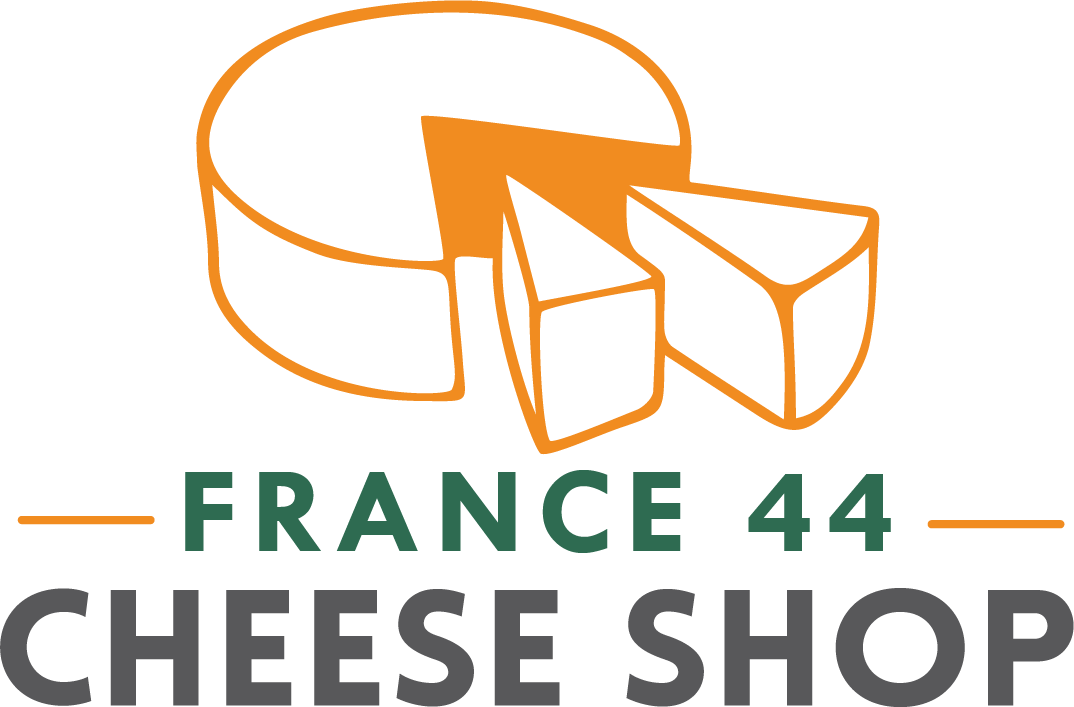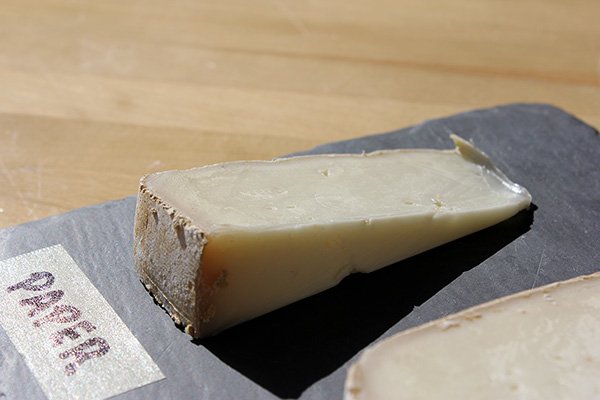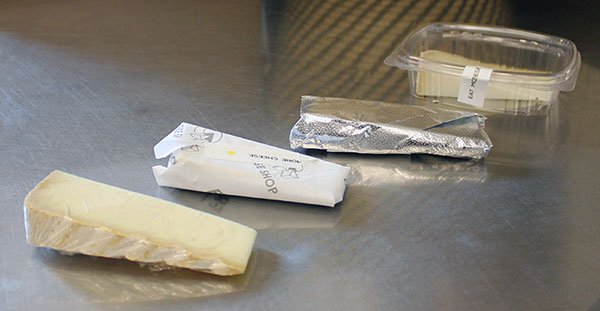by Austin Coe Butler
I’ve written previously about Ossau-Iraty and the Euskadi, or Basque, people’s incomparable relationship with their local breeds of sheep. Millenia ago, when the Basque arrived in Europe before any other living European ethnicity, they entwined their fate with their sheep by choosing to live the timeworn way of the shepherd, feeding, housing, and caring for their sheep while the sheep provide them with milk, meat, and wool. Instead of keeping their sheep in barns, the Basque keep their sheep in their homes. Traditional Basque homes are three stories with the sheep living on the ground floor heating the shepherds and their families on the upper stories. In Euskada, the Basque language, there is no distinction between speaking about locally made cheese and sheep’s milk cheese; they are both ardi-gasna. It’s from this culture that Ossau-Iraty, the staff favorite sheep’s milk cheese, comes. I’m thrilled to introduce two more sheep’s milk cheeses from the Basque Country that have recently arrived in our case: Tommette Brebis, from Onetik, the Basque cooperative that makes Chebris, a customer favorite, and Tomme Brûlée, from Beillevaire.
Tommette Brebis, literally “little wheel of sheep’s milk cheese,” is a mild, adorable cheese weighing in at a little over a pound. At just two months of age, it is the youngest of our Basque cheeses and has an appropriately gentle, buttery paste with the delicate brightness of lemon curd and the richness of buttered popcorn. The small “tommette” format (think P’tit Basque) is common in Basque cheese markets as sheep produce very little milk and as a result shepherds with smaller herds make these daily, practical tommettes. You’ll often see these tommettes coated in Espelette pepper or smoked.
Tomme Brûlée is another small sheep’s milk tomme with a twist. After several months of aging, the affineurs at Beillevaire step in to brûlée the rind of this cheese, giving it a striking mottled appearance like the side of a brook trout. While I suspect this brûléeing is more for visual appeal, some people swear they can taste a broiled marshmallow or burnt caramel sweetness to it. Tomme Brûlée has rich notes of coconut milk and lime zest, more of that sheep’s milk tang than the Tommette Brebis.
Our wheels of Ossau-Iraty are tasting phenomenal right now. In addition to their classic rich, roasted chestnut savoriness and sweetness, these wheels have a delightful blueberry fruitiness.
Basque sheep cheeses are united by a remarkable creaminess. There’s none of the gritty, granular, or gamey qualities you can sometimes get in sheep’s milk cheese that can turn people away. If you’re new to the world of sheep’s milk cheeses or a long-time fan, this weekend to try these three Basque cheeses, some of the best sheep’s milk cheeses in the world!







